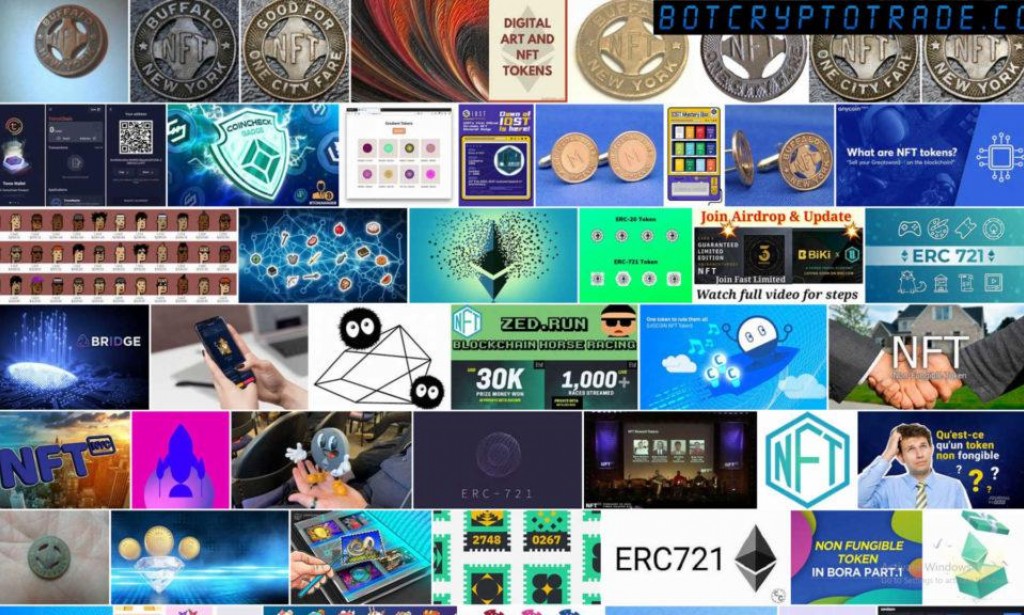Introduction:
Cryptocurrencies and NFTs are both cryptographic assets on blockchain where cryptocurrencies are fungible while NFTs are non-fungible. Fungibility is the ability of a good or asset to be interchanged with other individual goods or assets of the same type. Fungible assets simplify the exchange and trade processes, as fungibility implies equal value between the assets. For example, one Bitcoin is always equal in value to another Bitcoin.
Cryptocurrencies (Fungible assets):
Cryptocurrencies are fungible just like physical money. They can be traded or exchanged one for another. This fungibility characteristic make cryptocurrencies suitable for secure transactions in digital economy.
NFTs are non-fungible assets with unique identification codes that distinguishes them from each other. Their identities are unique and non-transferable, therefore they cannot be replicated. Unlike cryptocurrencies, they cannot be used for trading or exchange on basis of equal value. Each NFT has its own separate identity and value. Due to non-fungibility characteristic and unique identity, NFTs have the potential to be utilized for:
- Representing people’s identities (fingerprints, eye retina, face structure), properties rights and more.
- Representing real-world items like artworks and real-estate.
- Representing physical assets.
- And many more.
In general, both cryptocurrencies and NFTs follow the purpose of decentralized economy where a single person or party should not hold control of economy, rather control should be distributed to public. Governments, banks and trusted intermediaries will not be able to govern public wealth.
=========================================
Also read Cryptocurrency, NFTs and Blockchain
=========================================
Readers are humbly apologized for errors of any type inside the article.



You must be logged in to post a comment.